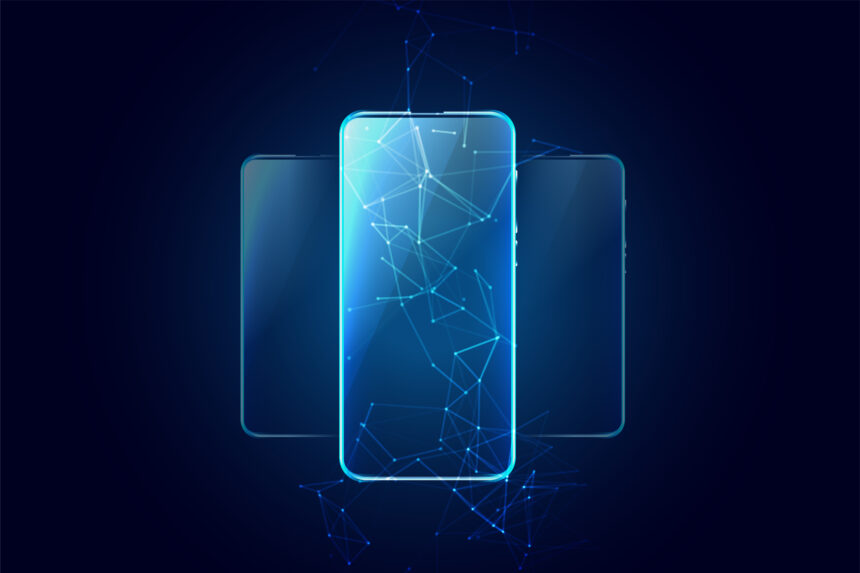Introduction
The fast pace of technological development is astonishing, and each step taken by the technology leads to the users anticipating faster, more fluent, and reliable digital services. Mobile edge technology is considered to be one of the most potent innovations that make this change possible. It can be placed nearer to the user, hence reducing delays, enhancing connectivity, and making sure that applications take immediate responses. It is not merely technological- this changes how individuals perceive the digital sphere in their daily lives. We are going to discuss five inspiring ways in which this approach enhances the user experience.
-
Within the Applications, a faster response time.
Mobile Edge nobody wants to wait till apps, games, or websites are loaded. Performance can be very frustrating to the user and even drive them away from a service. Mobile works around this by computing data in the vicinity of the user and not in remote servers. This has made applications faster, online meetings smoother, and improved responsiveness in gaming. Speed ceases to be a luxury, but rather a requirement, which creates user trust and user satisfaction.
-
Greater IoT Support.
The Internet of Things is an ever-growing phenomenon that encompasses smart homes and wearable devices, as well as connected cars and medical devices. These systems require real-time communication to be effective. Mobile edge has the advantage of having data processed locally, where the devices can communicate with each other with little delay. A smart fridge will tell you when your shelves are empty, or a wearable fitness watch will automatically tell a medical team about your health. This dependability makes the IoT devices more applicable and improves the lifestyle and work of people.
-
Enhanced Streaming Quality
The use of streaming has become a key element of education, entertainment, and communication. Nothing, however, spoils the experience like buffering or lag. Mobile edge assists in the caching and distribution of content nearer to the end user. This minimizes discontinuities and provides playback that is non-disruptive, as well as of high quality. Online lessons can help students to listen to the lesson and not lose the necessary details, sports fans are able to watch an event in real-time and not miss anything, and the professionals can have the opportunity to present the video conferences effectively. The enhancement is discernible, and it is immediately experienced by the users.
-
Trustworthy Connections in Congested Spaces.
Network congestion occurs at retail malls, stadiums, and airports when thousands of people are trying to connect at once. This is beyond the capabilities of conventional infrastructure. Because it balances traffic locally and lessens the strain on the core network, mobile edge is a more clever option. Despite the congestion, the result is good service. The network fosters a culture of trust because of the uninterrupted experience.
-
Smart Business Solutions.
Facts and one-to-one customer contact are what companies are now built on. This can be done via mobile edge, where analytics and processing are moved closer to customers. A store will be capable of providing local customers with special offers to fly, a hospital will be capable of monitoring the patients in real-time, and a factory will be capable of running automated systems smoothly. This offers a more accommodating environment, resulting in improved user satisfaction and long-term loyalty. Companies that adopt such tools do so in an ecosystem full of competition and have a very clear advantage.
-
Development of the Value of Mobile Edge.
There are other advantages of mobile edge computing other than the above five ways. It can be used to save energy by decreasing the necessity to be in constant communication with central servers. It is also more secure, as sensitive data is not transmitted over long distances but is stored on the local level. All these strengths also result in the enhanced experience of individuals and organizations. Speed and convenience are purchased by the user; efficiency and dependability are gained by companies.
FAQ’s
Question 1: Simply put, what is mobile edge?
It enhances performance by processing data that is nearer to the user, thus reducing delays.
Question 2: Its implications on day-to-day existence?
It also has more reliable connections in crowded places, enhances streaming abilities, accelerates applications, and allows the use of IoT.
Q3: Is mobile edge an exclusively business solution?
No. Although it is applied to enhance operations by companies, people gain as well by having a smoother gaming experience, enhancing the quality of video calls, and having smarter gadgets.
Q4: Does cloud computing supersede mobile edge replacement?
No, it is not substituting the cloud, but it complements it. Mobile edge is used to execute time-sensitive tasks on the device, and the cloud is used to handle storage and high-scale processing
Q5: Can the remote or rural territories be assisted by this technology?
Yes. It is also capable of processing data locally and thus offering steady and responsive services to regions with poor infrastructure.
Conclusion
Mobile edge is not just a network upgrade but a progress towards a new digital experience. It offers applications with increased speed, enables the rising demands of IoT, offers high-quality streaming, guarantees consistent service in busy zones, and gives power to smarter business applications. The changes are directly related to enhancing how users deal with technology daily. As industries are implementing it at a high rate, mobile edge will keep influencing a future where digital services become seamless, responsive, and user-friendly.







